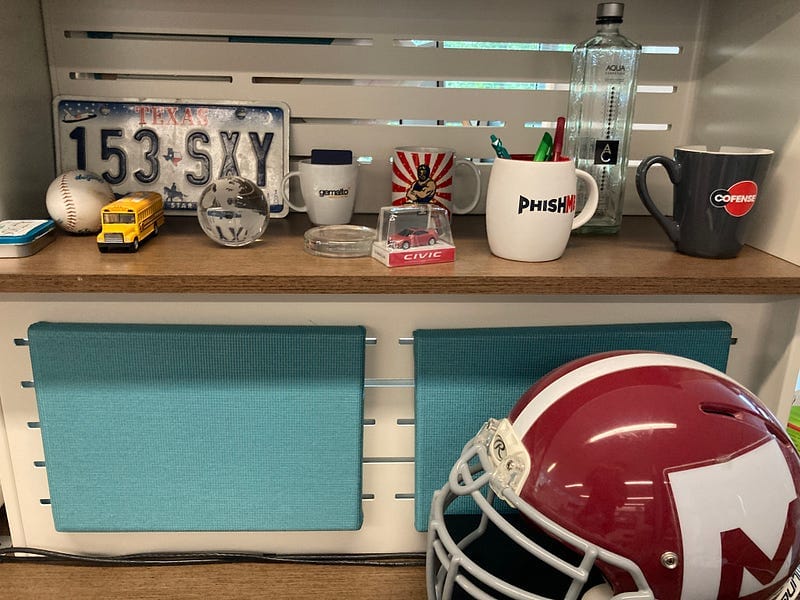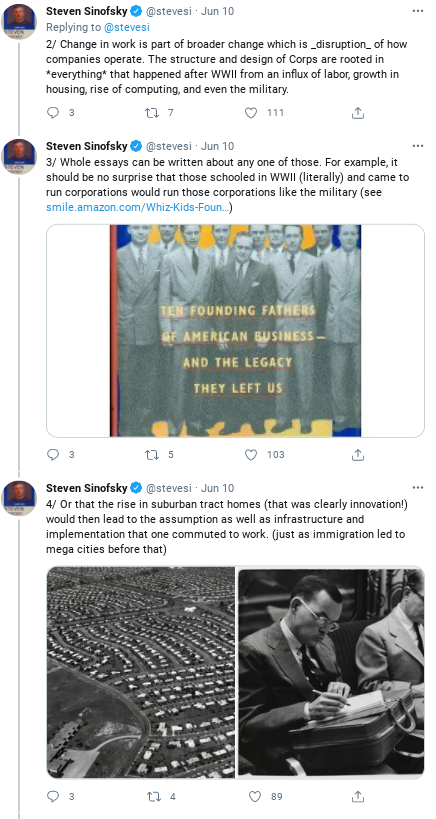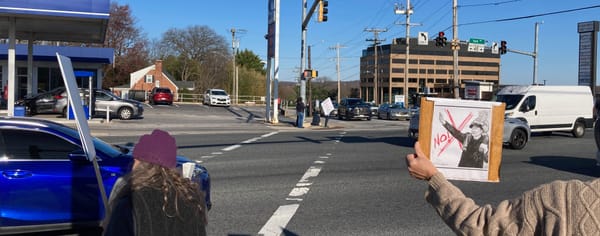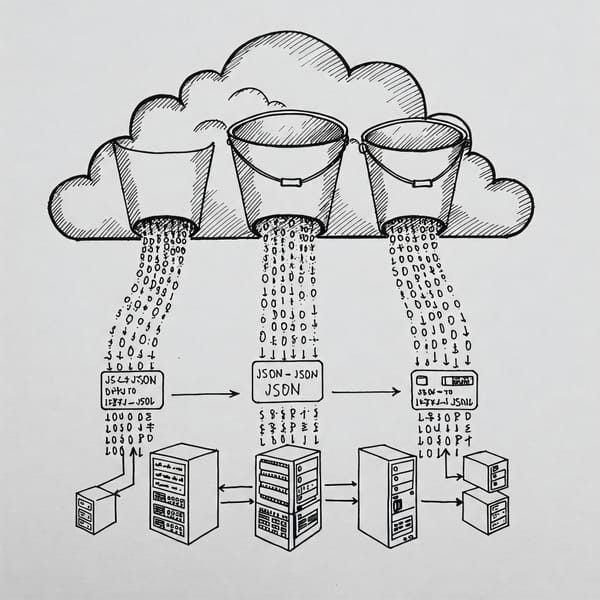In Between Days (no, not that song by The Cure)
This afternoon I swung by the office for the second time this year. The security guard didn’t think my joke about “my badge actually…

This afternoon I swung by the office for the second time this year. The security guard didn’t think my joke about “my badge actually working” was very funny. I guess they fixed the sensor on our building, which was notoriously sensitive in “before times.”
I had been in once in July 2020, staying for less than 90 minutes, and had driven by the campus once this Spring. At least, I think it was Spring since there was still snow and I remember our office park deer herd huddled near the path to the corporate pond. Today I verified that the geese were still there, but I kept my distance. There will be time for them.
Today I had to pick up my daughter from her volunteering in Owings Mills, so I thought why not go check out my cube. In the 2000s, I remember going into the office occasionally on weekends at Cisco in Austin, usually to print out product design docs, functional specs, and product documentation. That it is a lifetime ago on so many levels. So much has changed.
In a few days, a few of us on my team are getting together face to face (or mask to mask?) in the office to discuss a development effort that started early this year. One team member, I had met in person before during office times, although he didn’t report to me then. Another team member just joined the team a few months ago and I’ve never meet except on Zoom.
So yeah, lots of change since we all went into quarantine in March. My last memories of office life were discussions about whether COVID was really spread by droplets and wondering whether I’d taken unnecessary risks riding in a colleague’s Subaru or sitting too close together at the cheap Chinese restaurant five minutes from the office the last time a half-dozen members of the department went out to lunch.
For the last month or so, Tech Twitter has all about the transition that is happening now and that will fully materialize in the Fall when companies implement their “Return to Office” policies. This afternoon, I happened to catch Re-entry Sucks which is one of the more thoughtful treatments of what is going behind the threats of quitting or calling people that are “entitled” for wanting to stay remote. A recent Twitter thread by Steven Sinofsky placed what is happening a broader set of changes dating back to World War II:

The folks from the Table Group discuss multiple losses that different people may feel: identity, control, structure, purpose, future, meaning, and attachments and the need to have intentional discussions about what people are feeling about this transition period, contrasting organizations (and teams) bases on how strict they are in their new policies and how much support they provide to their employees for what is coming.
The polarized response (from either employees or their managers) to this “return to office” definitely a signal that something larger is going on here. Leaders should be mindful of how they respond and be attuned to multiple types of biases. In a recent Fortune blog, Gleb Tsipursky outlines how false consensus effect, anchoring bias, confirmation bias, status quo bias, functional-fixedness have influence views (and management resistance) to the hybrid work arrangements that will likely be the norm for the foreseeable future.
We’ll see what happens. We don’t know what is going on or how it will play out, except that it won’t be the same and there will be a lot to figure out. The return to the new normal will be different than the retreat from the old normal, but what is clear (and similar to the great shift of Q2 2020) is that individuals, teams, and organizations that can effectively name and communicate what is going on will be far more effective than those that can’t. We’ll likely see some spectacular failures AND successes by the end of 2021, which is likely to have a few more twists and turns that we can’t predict.



